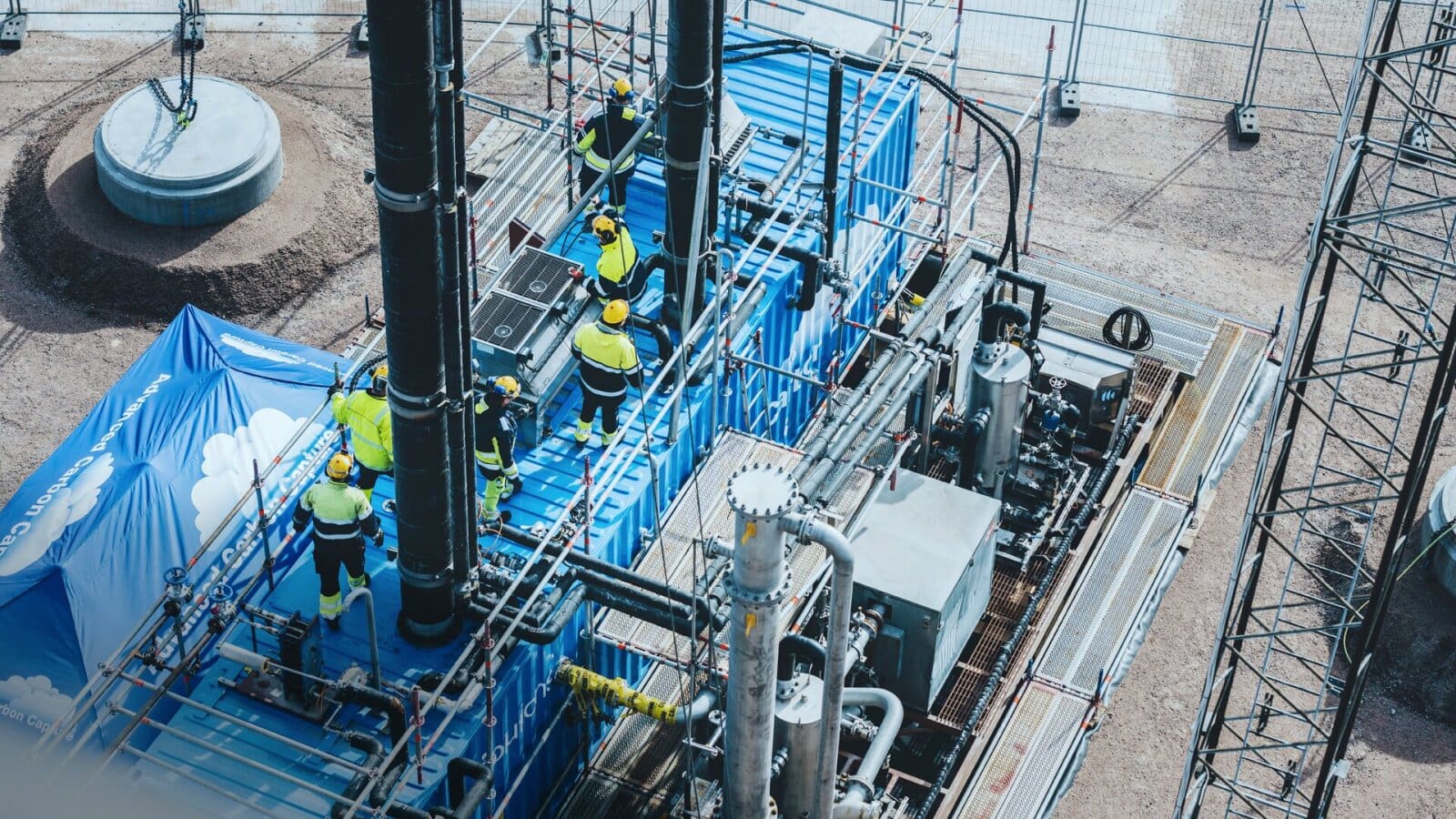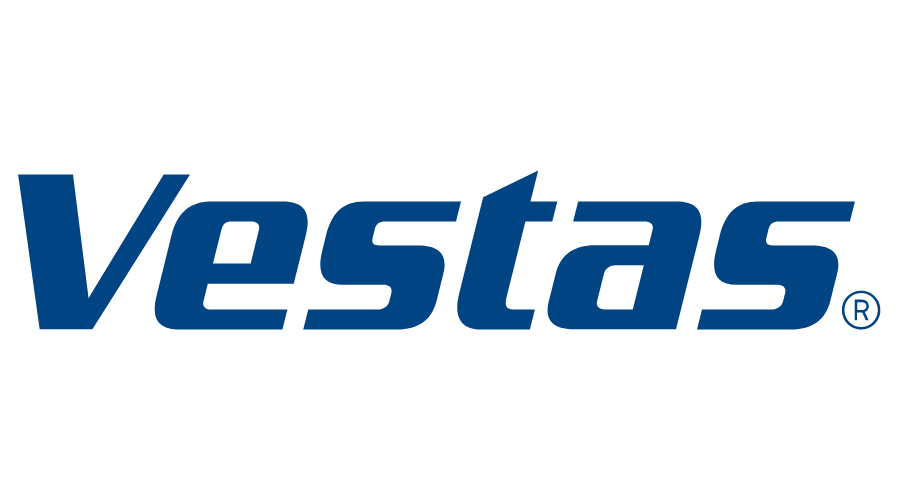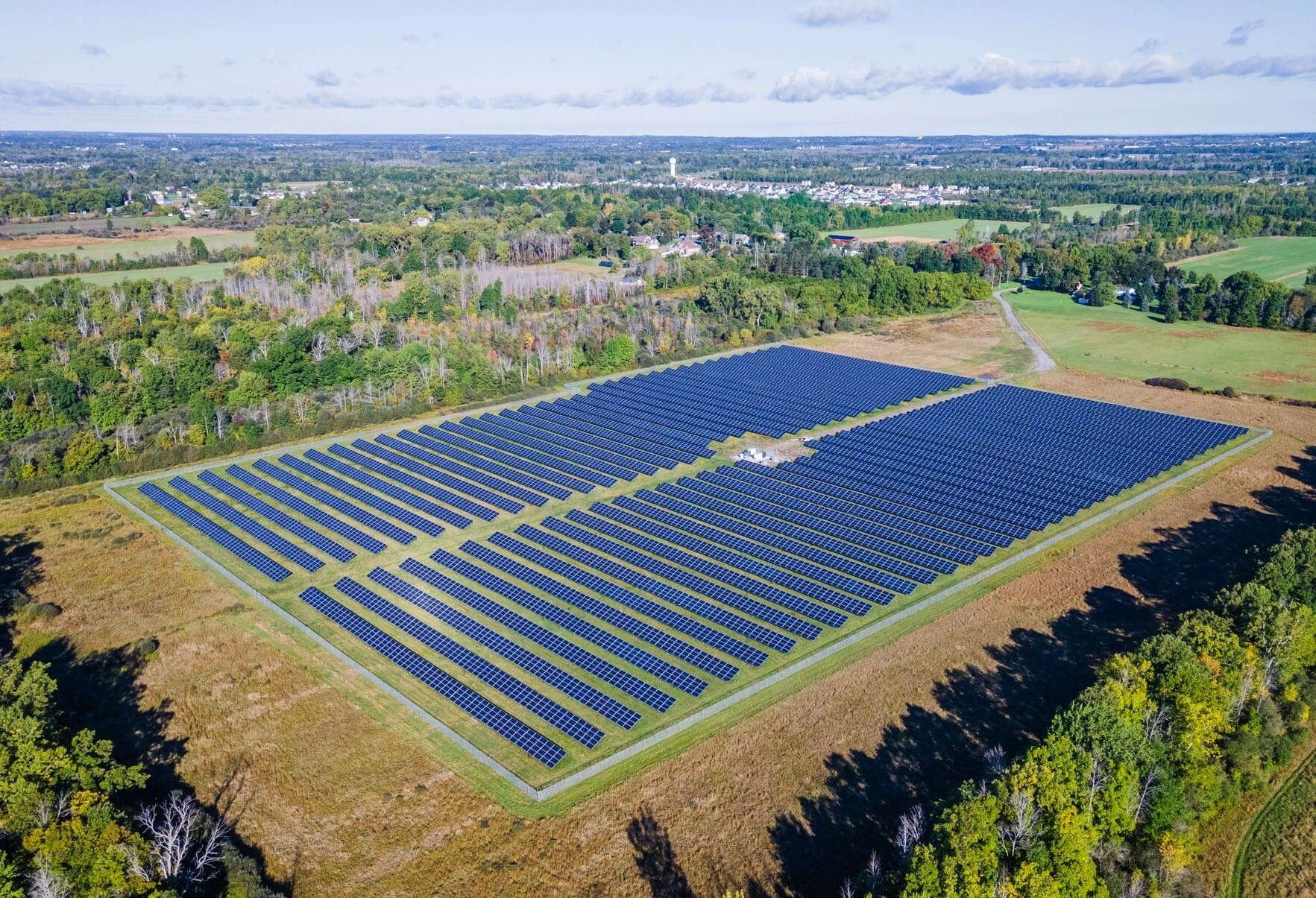The US Department of Energy (DOE) has announced up to US$32 million in funding toward the research and development of new monitoring, measurement, and mitigation technologies to help detect, quantify, and reduce methane emissions across oil and natural gas producing regions of the United States. According to the DOE, the projects awarded through this funding opportunity announcement (FOA) will help ensure a leak-tight US natural gas infrastructure, while supporting President Biden’s national goal to cut global methane emissions by 30% from 2020 levels by 2030.

“Methane is more destructive than carbon dioxide [CO2] to our health and environment, so it’s crucial we develop solutions to identify and mitigate leaks at their source,” said US Secretary of Energy Jennifer M. Granholm. “Today’s funding bolsters DOE’s efforts to advance next-generation technologies and systems to help make the natural gas infrastructure leak-tight, which will dramatically reduce methane emissions across the country and deliver cleaner air for all.”
According to the DOE, the United States has more than two million active, abandoned, or repurposed wells, as well as its oil and natural gas pipeline network, compressor stations, and other oil and gas infrastructure that emit approximately 8 million tonnes of methane annually (equivalent to 200 million tonnes of CO2). Significant progress has been made over the past decade for detecting and quantifying methane emissions at the source using surface-based technologies like hand-held measurement devices and vehicle-based detection sensors, but these technologies cannot quickly assess large areas. Other technologies, such as atmospheric sensing equipment, attached to satellites or aircraft, can better estimate the volume of methane emissions across wide areas, but these measurements are typically less accurate than surface-based methods.
Selected projects under this FOA will help to advance networks of surface-based methane sensor technologies for more timely monitoring of methane emissions across large areas of oil- and natural gas-producing basins. Other projects under this FOA will design an integrated methane monitoring platform that will enable early detection and improved quantification of methane emissions along the entire natural gas supply chain to advance the accuracy of methane emissions estimates.
There are five areas of interest (AOIs) aligned with these objectives.
- AOI 1 – Mitigation Of Methane Emissions From Upstream/Midstream Sources
- AOI 2 – Surface-Based Methane Monitoring And Measurement Network Pilot Demonstration
- AOI 3 – Basin-Specific Methane Emissions Inventory Via Field Assessments
- AOI 4 – Integrated Methane Monitoring Platform Design
- AOI 5 – Storage Tank Emissions Assessment And Quantification
For full details and areas of interest, read the FOA here.

















